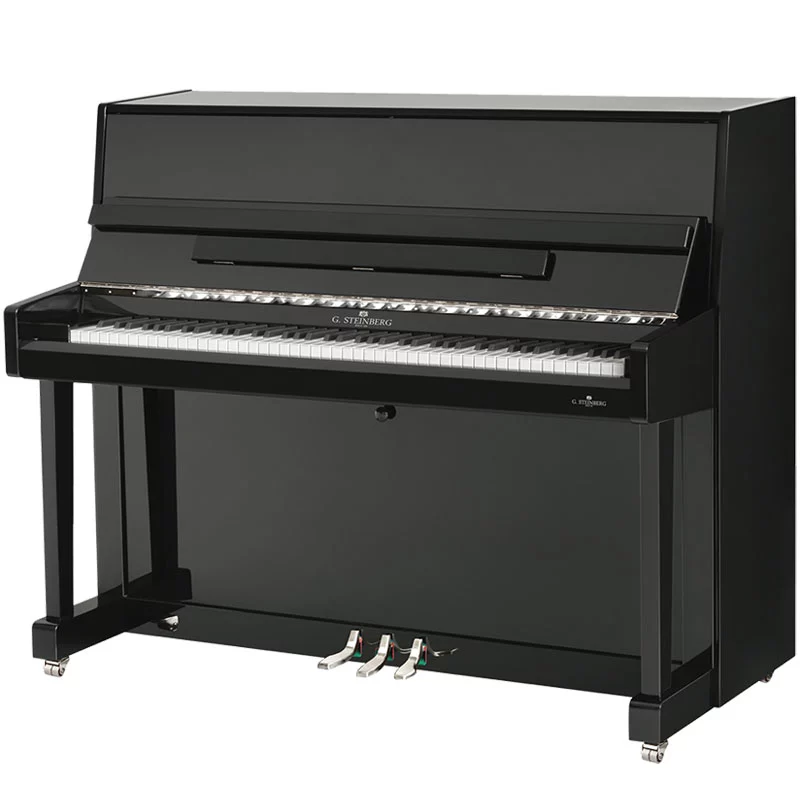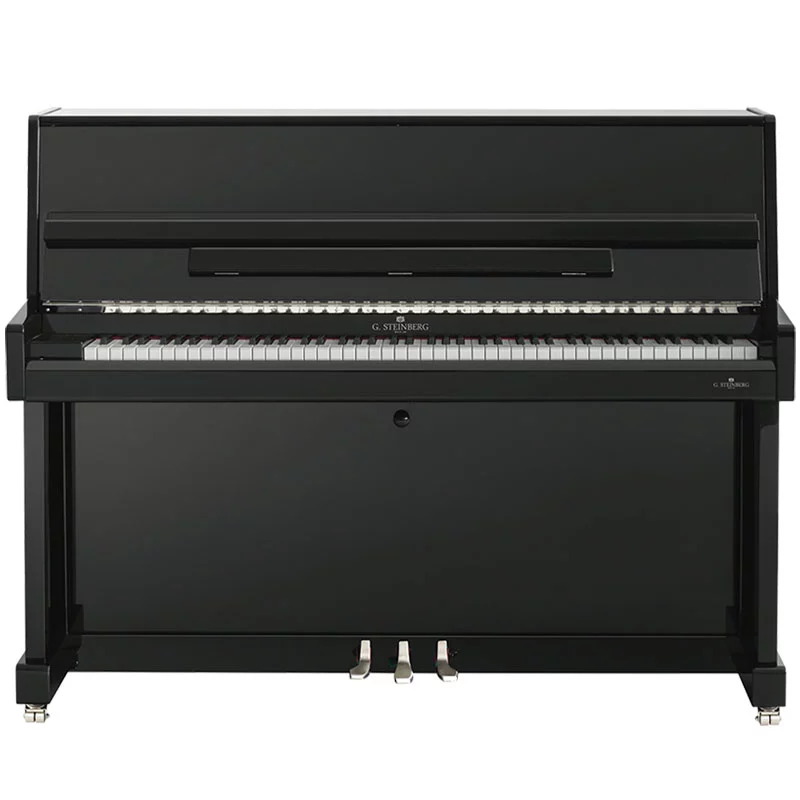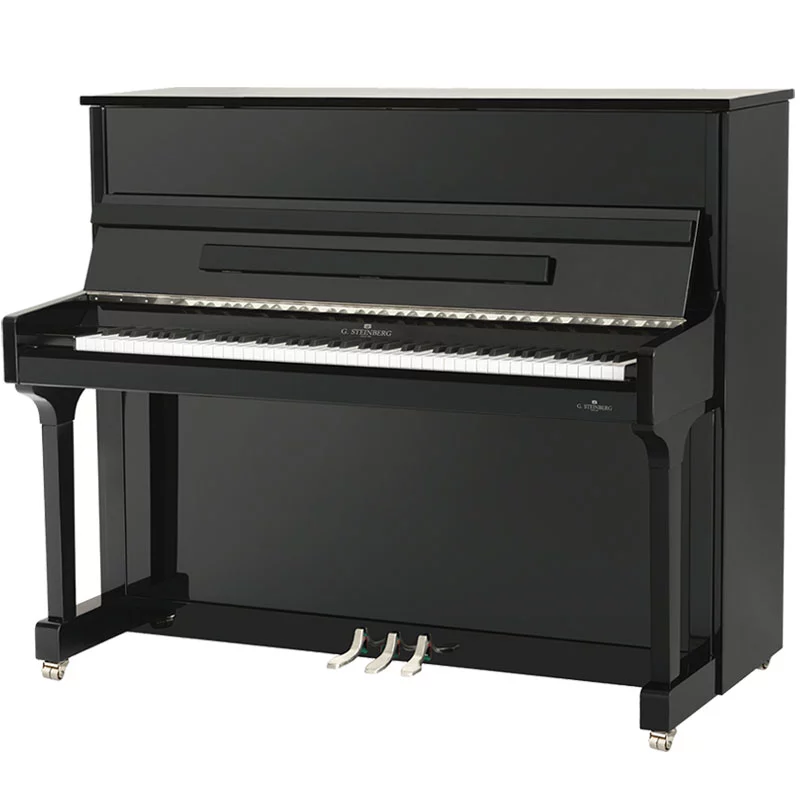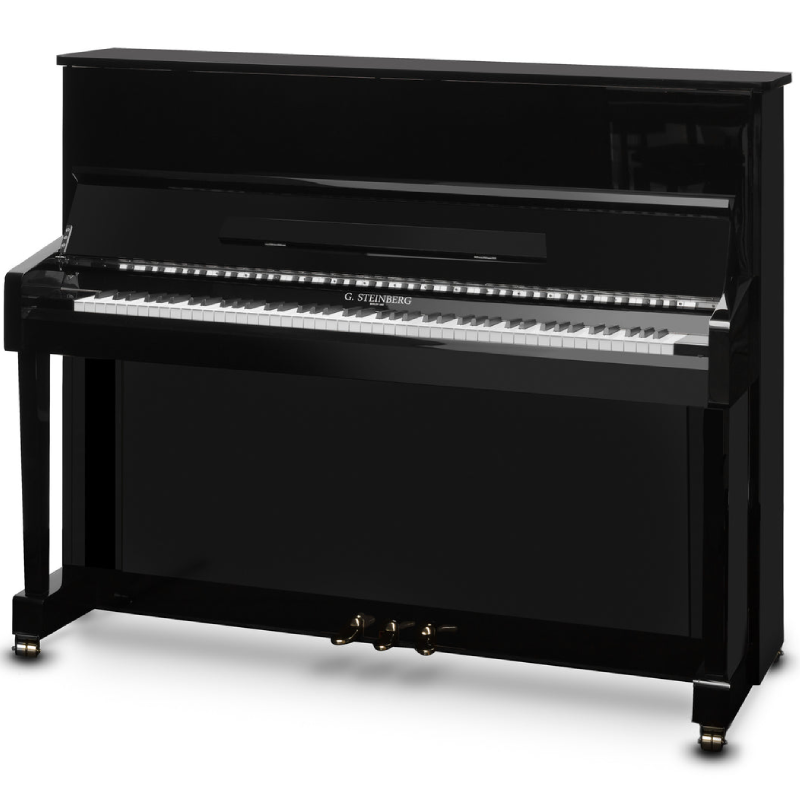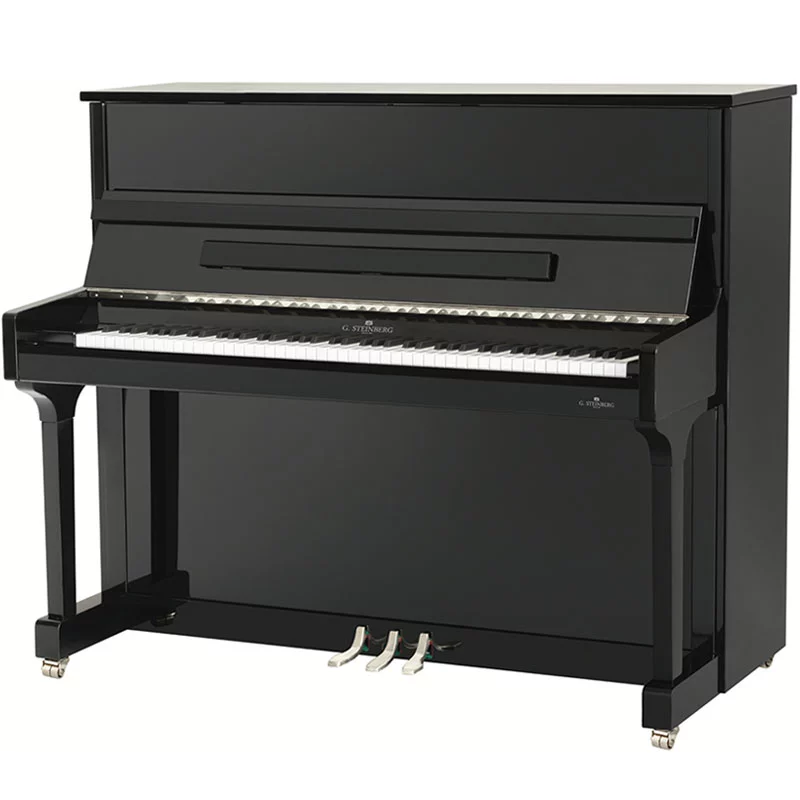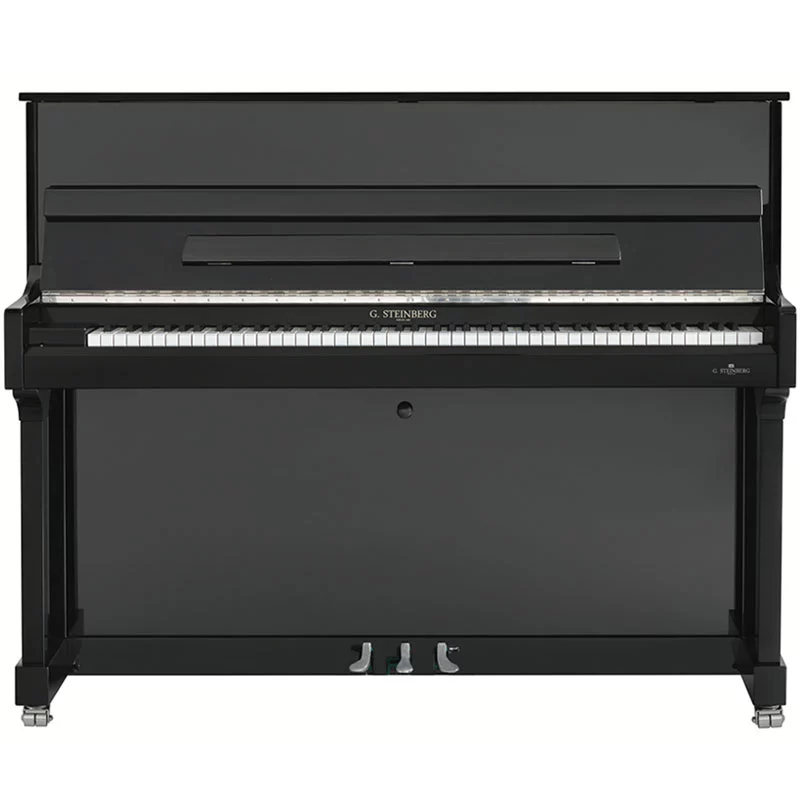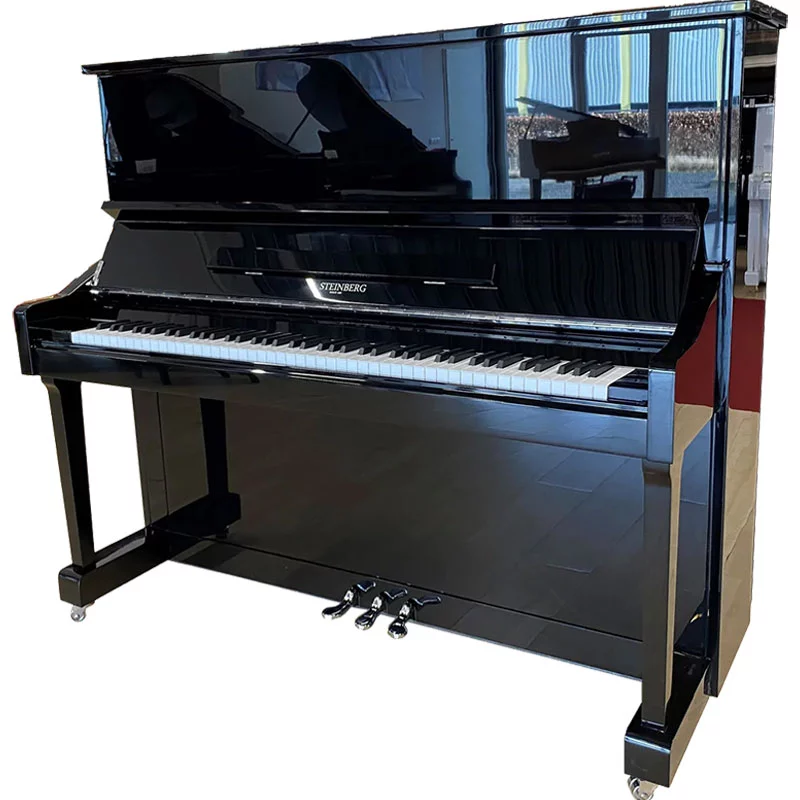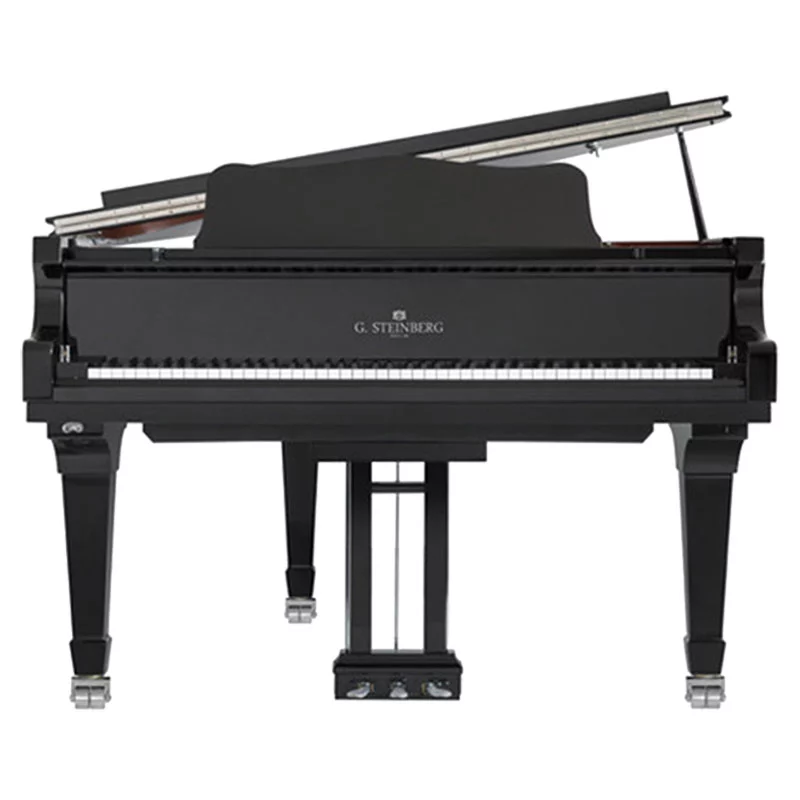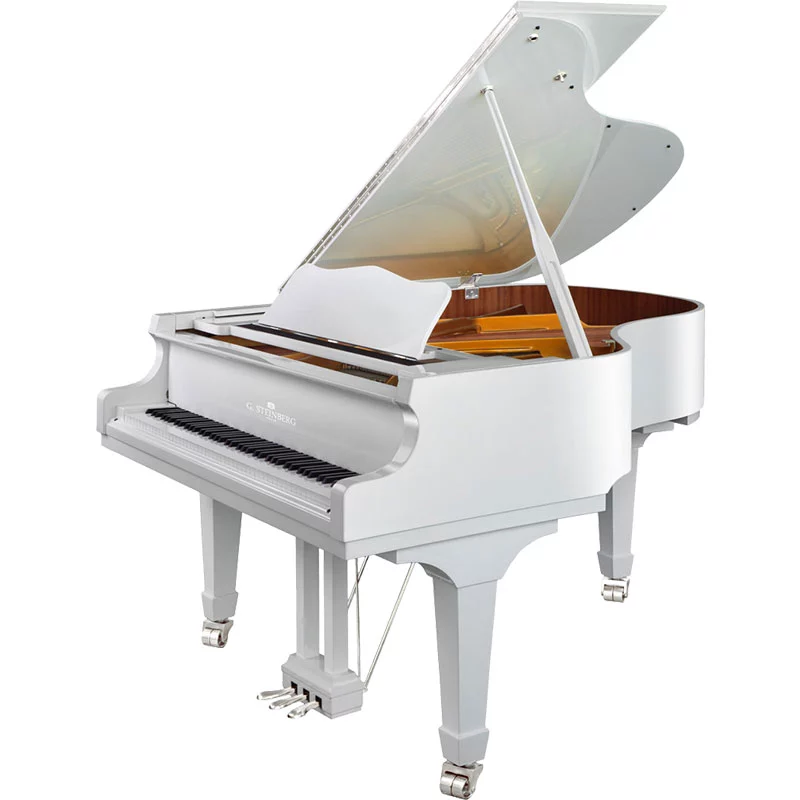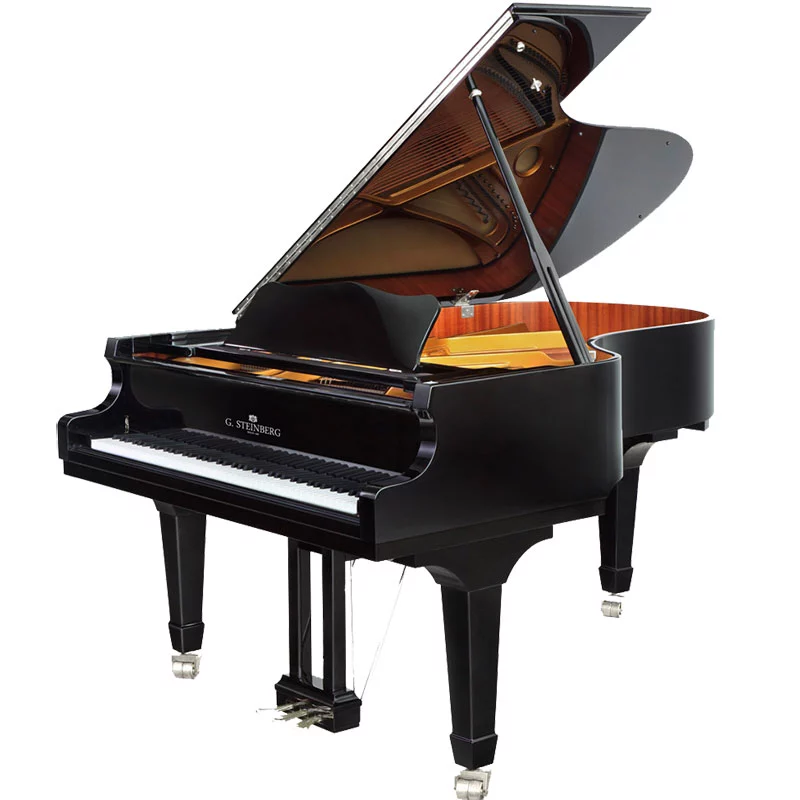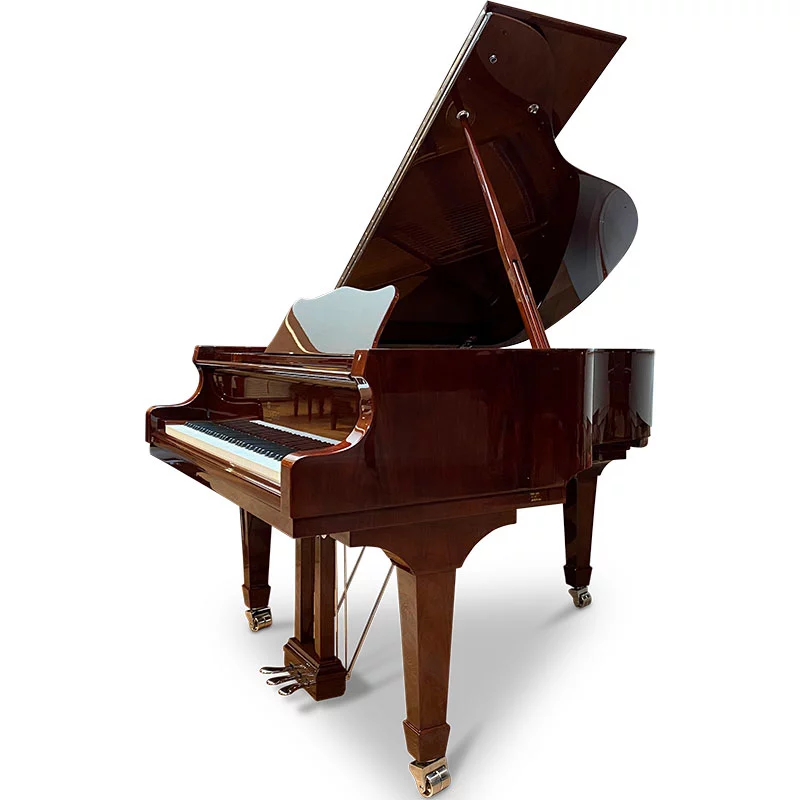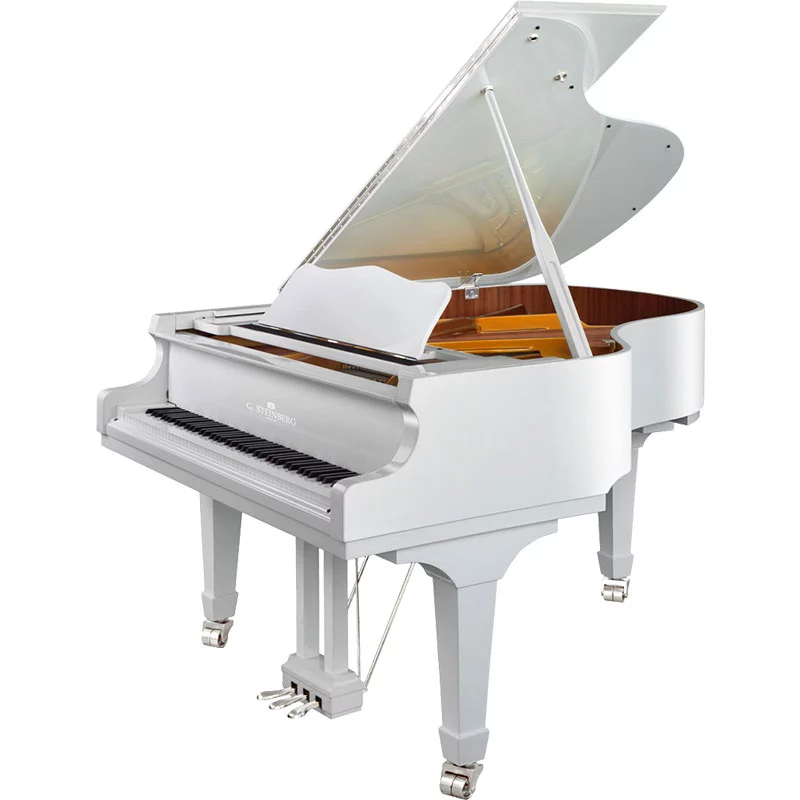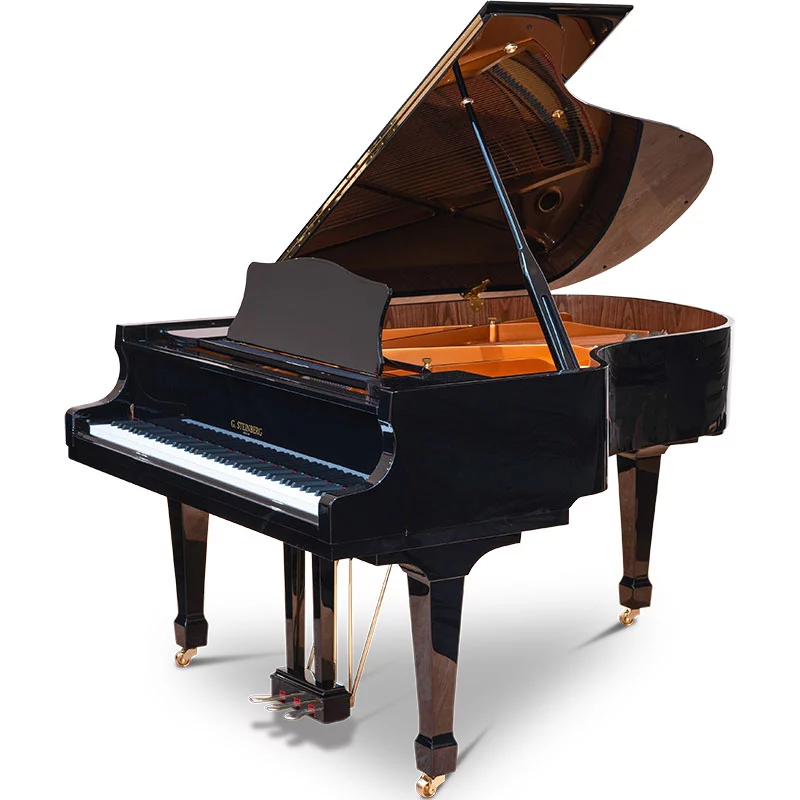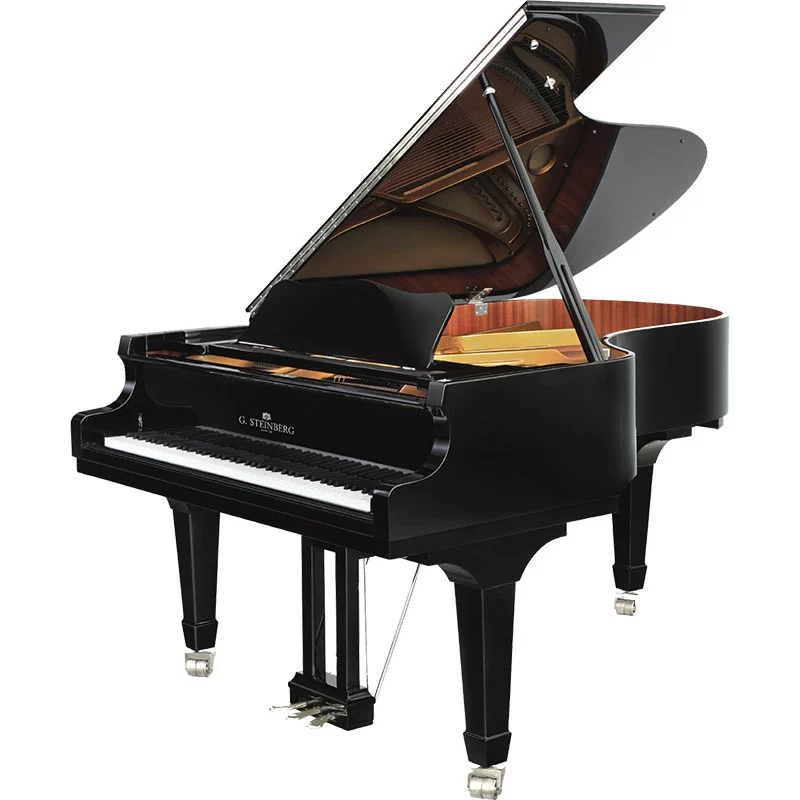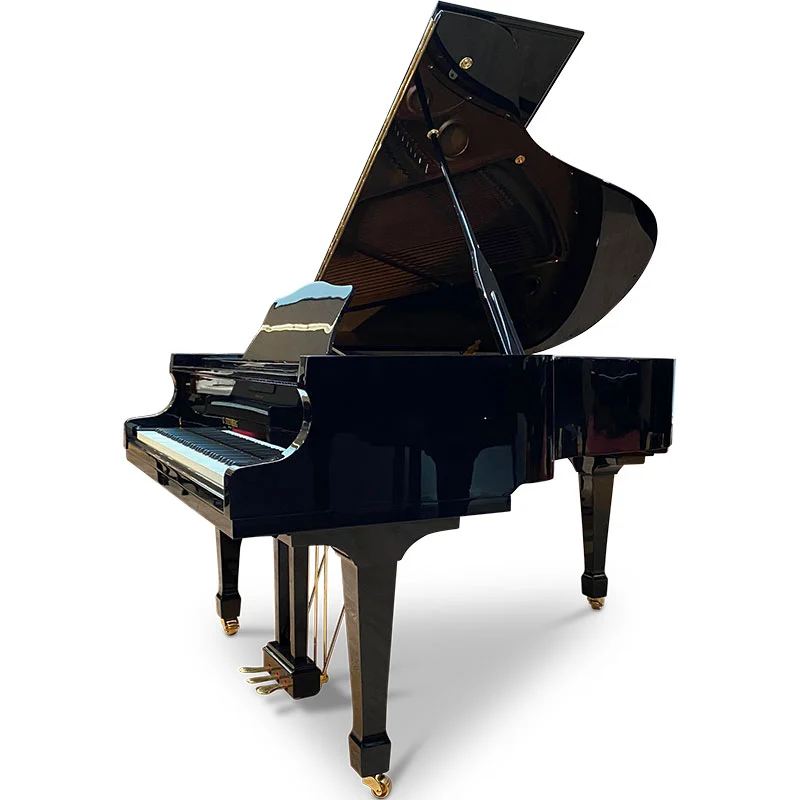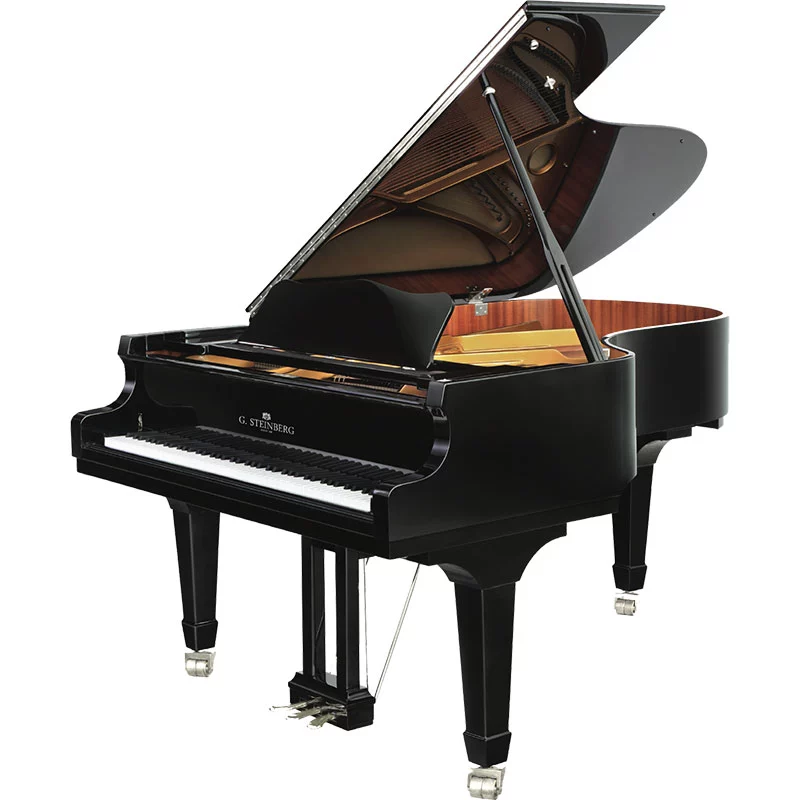The Grand
Since the beginning of time, music has been an integral part of
human life. The first piano was built in 1709 by Italian musical
instrument maker Bartolomeo Cristofori (1635-1731) of Florence.
Starting in 1690, Cristofori experimented with replacing the
harpsichord's pincers with hammers. The fact that the first sample
appeared almost 20 years later can only mean that the idea went
through several steps of processing and developing. Cristofori
created an instrument with a clearly improved mechanism; the most
important element of which was the use of hammers for the production
of the sound, thus allowing the musician to color the piece since he
could now determine just how loud or soft the sound would be by the
force applied on the key! Cristofori named his invention
“Gravicembalo col Piano e Forte” which simply means: harpsichord
with soft and loud! Due to its new features, Cristofori's invention
was immediately called Pianoforte, until the first part of the word
prevailed over the other and became known simply as... piano!
The modern piano's unlimited sound potential, its power and yet its
sensitivity, its large range of over seven octaves which no other
instrument can match, classify it as the most important of all
musical instruments built by man; making the grand piano the "crème
de la crème"!
Philosophy and Values
At Gerhard Steinberg, customer satisfaction is as equally important
as the quality of our pianos.
1. Commit ourselves to our customers!
If our piano is used by a six-year-old beginner at home or a
renowned classical pianist who performs on the world stage
professionally makes little to no difference to us. In our eyes,
they're both pianists and they deserve the very best.
From the initial design of the piano to its final production, our
customers are constantly part of the process since what drives our
motivation and inspiration is the enjoyment our pianists take when
they come in contact with our pianos. Our aim is to help each and
every one of our customers realize their full potential. What is
important to them is of vital importance to us!
2. Respect the environment!
We are a company fully committed to the environment and as such, we
conduct our business in an environmentally responsible manner. Wood,
metal, felt, glue, lacquer and much more, travel from around the
world to our production facilities for the manufacturing of our
pianos. However, our respect for the environment is enormous and we
strive to protect the planet and deliver a better world to our
children. We are as concerned about the threats posed by climatic
change, pollution, and other issues of similar nature as any global
citizen and we constantly work towards reducing our impact on the
environment and protecting the forests, the rivers, the flora and
fauna the world over.
3. Develop and Improve through continuous change!
We respect our past and we take each and every step forward with one
eye constantly focusing on our history and our company’s great
achievements. However, another eye is turned to the future and looks
at the new challenges that unfold before us. Only when the two (past
and future) are well balanced, like the perfect yin and yang, we can
be certain of a successful outcome.
Great companies have perished as they failed to adapt to new
practices while others have had similar fate only because they
turned their back to their history to chase the unknown! We respect
and learn from our past; yet we set sails to shape the future and
continue delivering a piano that will offer maximum pleasure to all
that come in touch with it.
